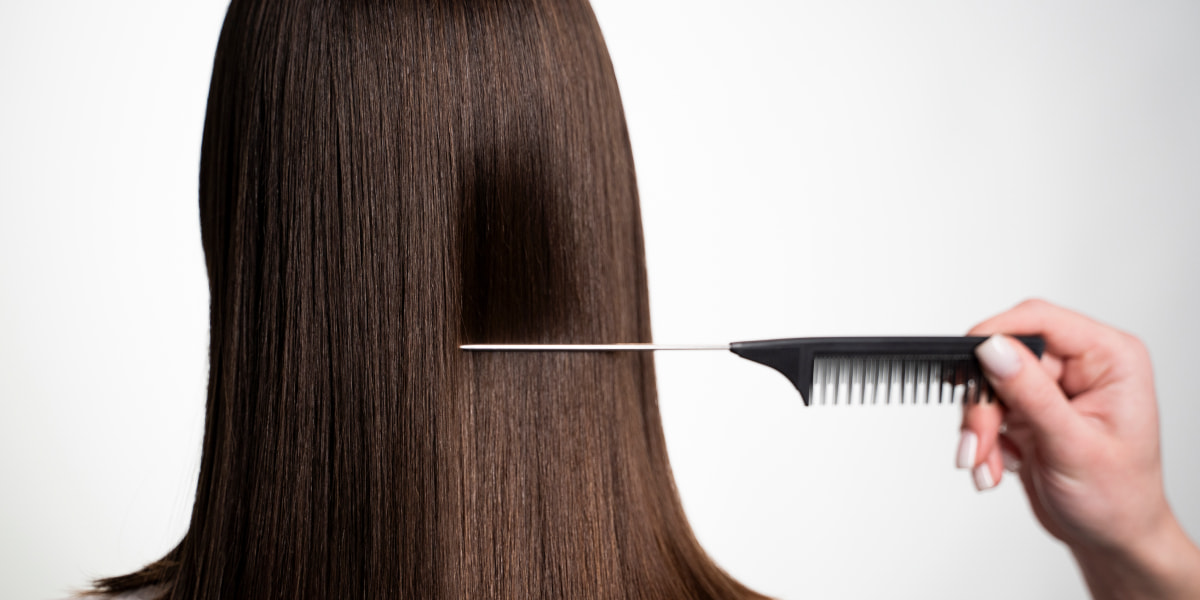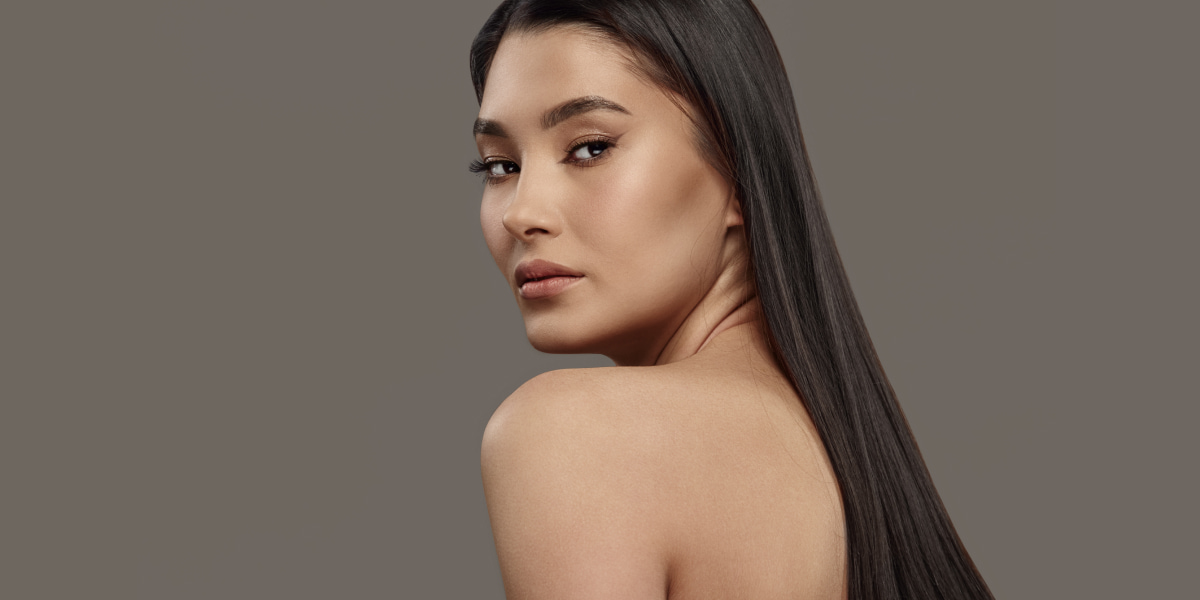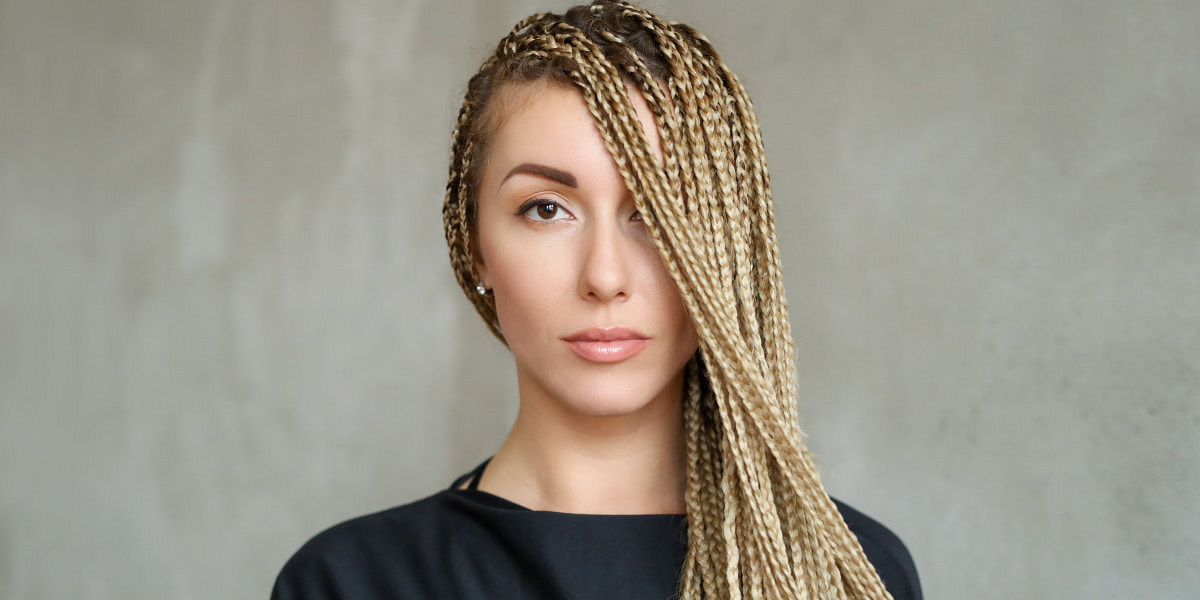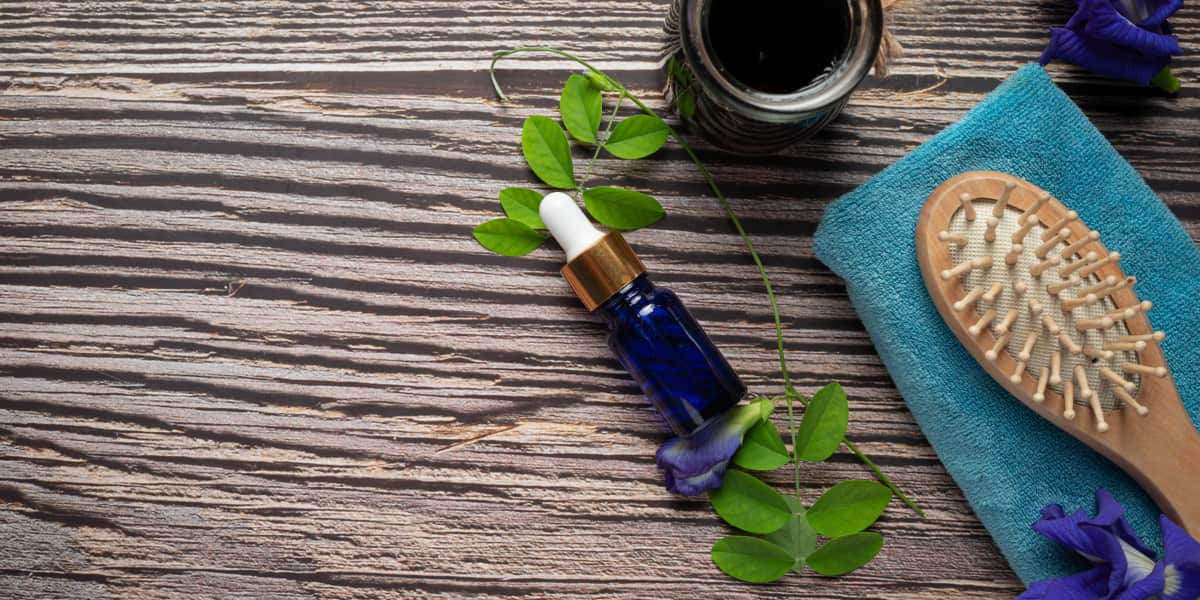Published on January 17th, 2023
Last updated on January 24th, 2023
How To Start Dreads At Home? 4 Different Methods Of Hair Dreading
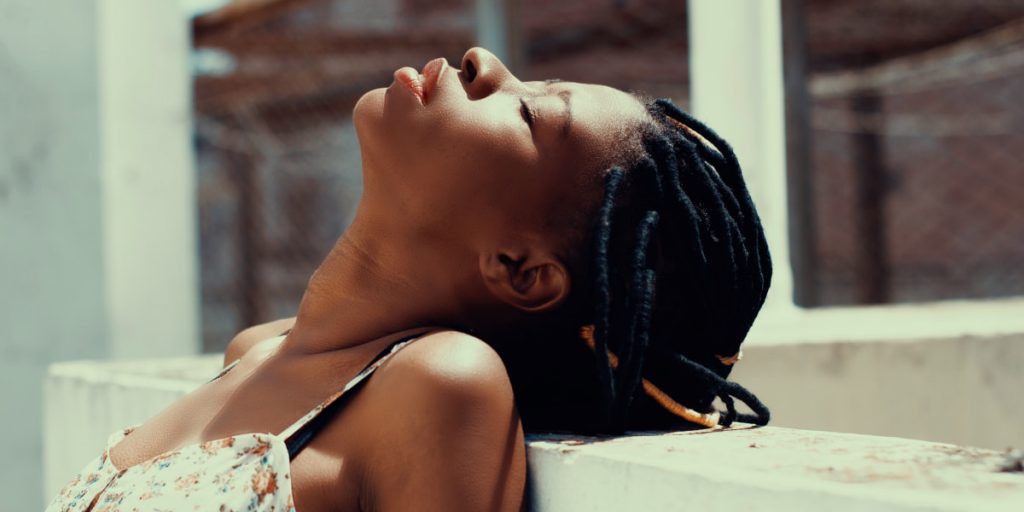
A spectacular and exciting hairstyle always makes an impression on others. One of the best hairstyles for a spectacular public appearance is dreadlocks. But it can be difficult to make. So, how to start dreads at home?
There are many myths and legends about dreading straight hair. Also, this hairstyle has many stereotypes. In general, dreadlocks are a huge cultural heritage with their history.
Many people would like dreadlocks but need help knowing where to start. Dreadlocks are known to be hard to make. Besides, they are challenging to care for and maintain their integrity.
Our article will tell you how to start hair dreads at home. We will also tell you how to properly care for your hair and the potential disadvantages this hairstyle can have. Read our article until the end to learn how to make your hairstyle even more exciting.
What Is Hair Dreading And How To Make It?
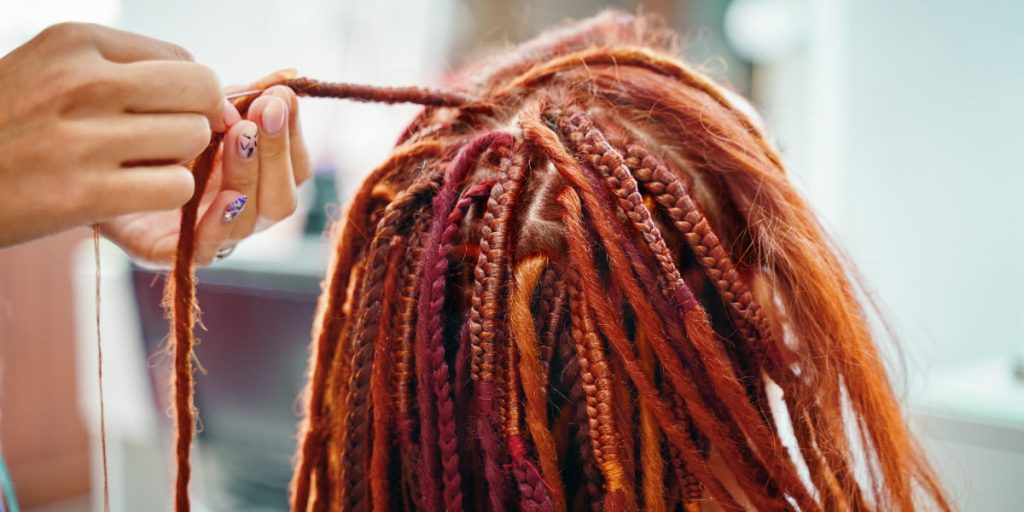
Dreadlocks are a type of hairstyle that is achieved by tangling the hair. Today, there are many methods of braiding hair into dreadlocks.
In general, they are almost similar and have common techniques. Some of them only differ in preliminary preparation and tools for work.
In our article, we will tell you about 4 easy ways to start dreads. But remember to be patient and gentle when making dread locking. Rough handling can lead to breakage and damage to the hair. It may also be helpful to seek the guidance of a professional stylist.
1. The Crochet Method
For getting dreads for the first time, you must have a special 0.6 mm screw. Such a tool can be easily found in a needlework store.
The steps:
- You should thoroughly wash and dry your hair.
- Make small, even slices out of your hair. The parts should be as small as possible to produce finer, tighter dreadlocks.
- Make a knot in the dreadlock by gently pulling a few hair strands through it with a crochet hook, beginning at the root of one part.
- Up until it is completely locked, keep crocheting the entire section of hair.
2. The Braiding Method
One of the best ways to start dreads is to use a braiding method. Follow these steps:
- Completely rinse and dry your hair.
- Make a few small, equally spaced braids out of your hair. The resulting dreadlocks will be finer and tighter the thinner the braids are.
- Starting at the root and working your way down to the ends, tightly braid each segment. To smooth the braids’ surface and aid in their retention, use a natural oil or wax.
- Let the braids dry. Depending on the thickness and length of your hair, this could take a few hours to a few days.
- To expose your new dreadlocks, gently undo the braids when they have dried completely.
3. The Twist And Rip Method
Starting dreads for women with this method is similar to the previous two. You also first need to shampoo your hair. But once you have divided your hair into sections of your choice, use bands to hold the sections together.
Your next steps are:
- Remove the hair ties and divide your strands into even smaller sections.
- You can then split the section in two and twist them.
- After that, push these sections apart as if you are opening a package of chips.
- Then twist your hair again and part it.
- Now you need to repeat this procedure until you get tangled hair knots.
4. The Freeforming Method
This method is another one of the best ways to start dreads. And this one is the simplest among all the others. This is because, in this case, you will not perform any procedures. This method assumes that you will not comb your hair after washing. Thus, the dreads on your hair will form on their own.
But you need to consider that the formation of dreads, in this case, can take from one week to several months. This may cause some inconvenience for you. So if you choose this method, consider all the pros and the cons.
What Type Of Hair Is Suitable To Start Dreads?
Almost any type of hair can be suitable for dreadlocks. It’s because the texture and thickness of the hair do not affect the ability to create and maintain dreads. But some types of hair may be more prone to dreading or may need different methods or techniques:
- For example, kinky or curly hair may be more prone to dreading.
- Straight hair may need more manipulation or products to encourage dread.
- Damaged, weak, or over-processed hair may need more care and maintenance to maintain healthy dreads.
If you worry about the suitability of your hair, it is a good idea to consult with a stylist or a dread specialist.
Cons Of Dreadlocks
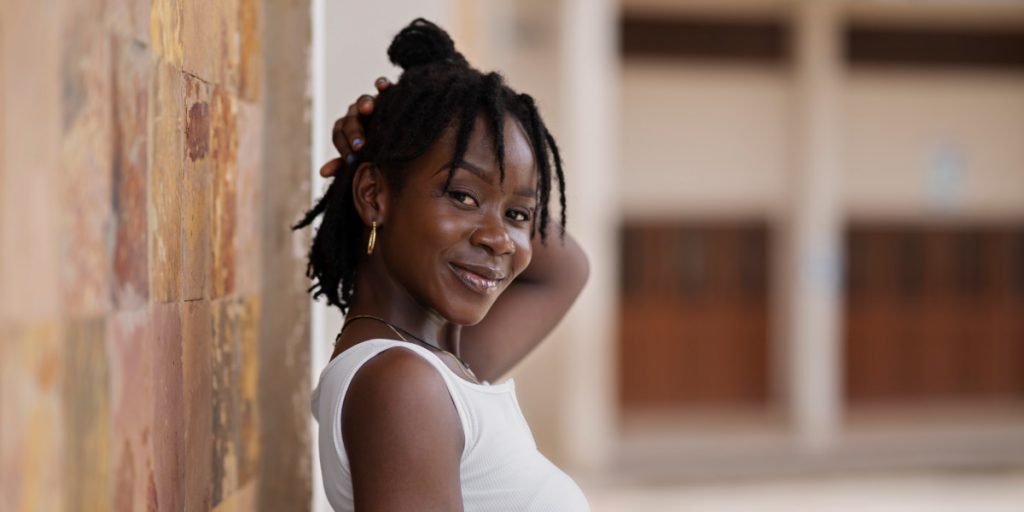
Dreadlocks can be a stylish and cultural choice for many people. But they do come with some potential drawbacks and side effects. Here are a few things to consider:
- Maintenance. After dreading straight hair, you need regular maintenance to keep them looking clean and healthy. It includes separating and tightening the locks and cleaning them with special products. This can be a time-consuming process and may not be suitable for people with busy schedules.
- Hair damage. Dreadlocks can put a lot of tension on the hair and scalp, leading to damage and breakage. This is especially true if the locks are not correctly cared for and maintained.
- Limited styling options. Dreadlocks can be challenging to style in specific ways. And it may not be suitable for people who like to change their hairstyle frequently.
- Stereotypes and discrimination. Dreadlocks are sometimes associated with certain stereotypes. And they have been the target of discrimination. This can be a concern for some people who choose to wear dreadlocks.
- Cost. Maintaining dreadlocks can be expensive. It may need regular visits to a salon or purchasing special products.
How To Take Care Of Dread Locking?

Taking care of dreadlocks is important in maintaining healthy, clean locks. Here are some tips for taking care of dreadlocks:
- Wash your dreadlocks regularly. Use a residue-free shampoo made for dreadlocks, and rinse thoroughly.
- Dry your dreadlocks carefully. Use a microfiber towel or a T-shirt to squeeze out excess water gently.
- Use products sparingly. Avoid using too many products on your dreadlocks. Use a small number of natural oils or wax to help tighten and smooth your locks.
- Separate and tighten your hair dreading. As your dreadlocks grow and mature, they may loosen and separate. Use a crochet hook or latch hook to separate and tighten your locks gently.
- Protect your dreadlocks at night. Consider using a satin pillowcase or a satin cap to protect your locks.
Bottom Line
As a result, getting dreads for the first time at home is not that difficult. But to successfully braid your hair, you will need some knowledge and skills. If you doubt that you can do your own hair, it is better to turn to a professional.
FAQ
What Are The Different Methods Of Starting Dreads At Home?
They are:
– Natural dreading.
– Backcombing.
– Braiding.
What Are The Pros And Cons Of Starting Dreads At Home?
Pros of starting dreads at home include convenience and cost-effectiveness. Cons may include the time and effort required to start and maintain the hairstyle.
What Products Do I Need To Start Dreads At Home?
To start dreads at home, you may need a fine-toothed comb for backcombing or a hair tie for braiding. You may also want to use a product to help encourage and maintain the dreads, such as a dread wax or locking gel.
How Do I Maintain My Dreads Once They Are Started?
To maintain your dreads, you must wash and moisturize them regularly. You may also need to retwist or reshape the dreads. It helps maintain their shape and prevent them from unraveling.


